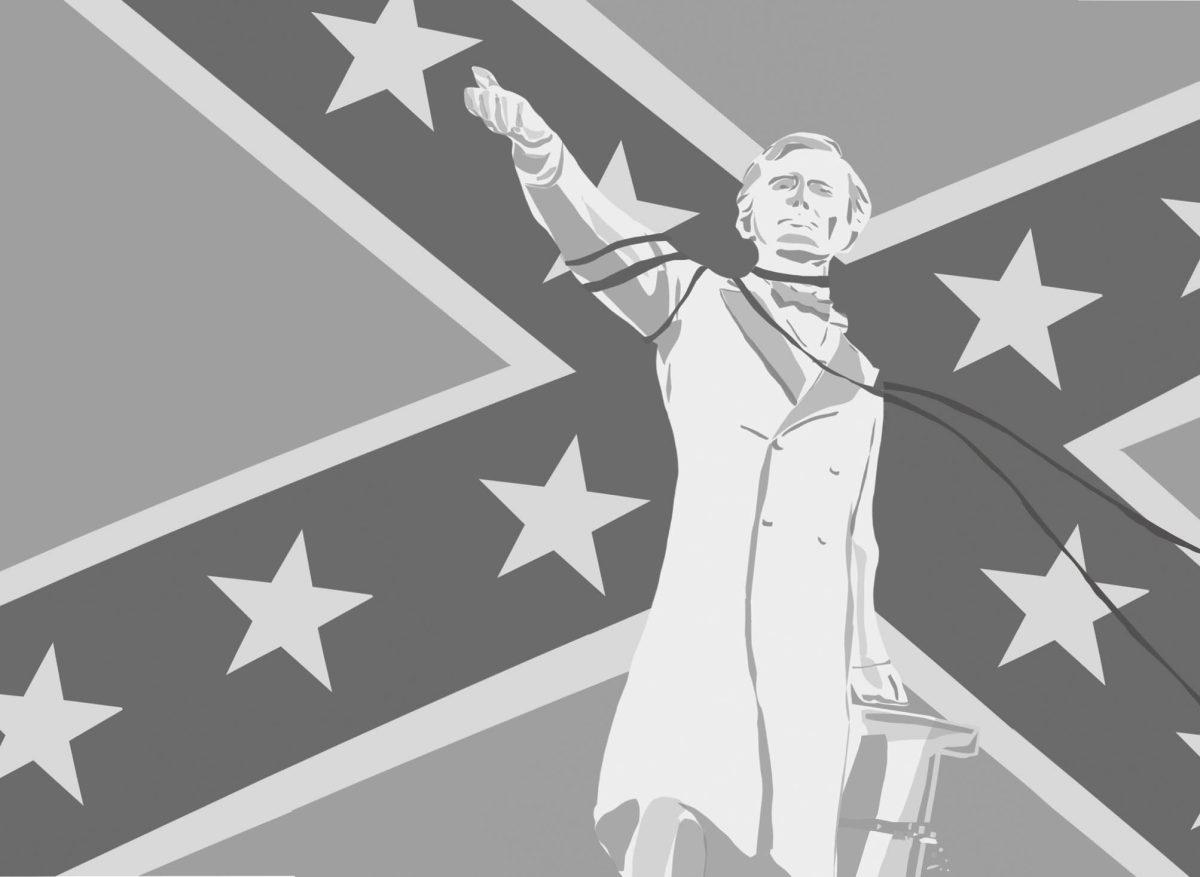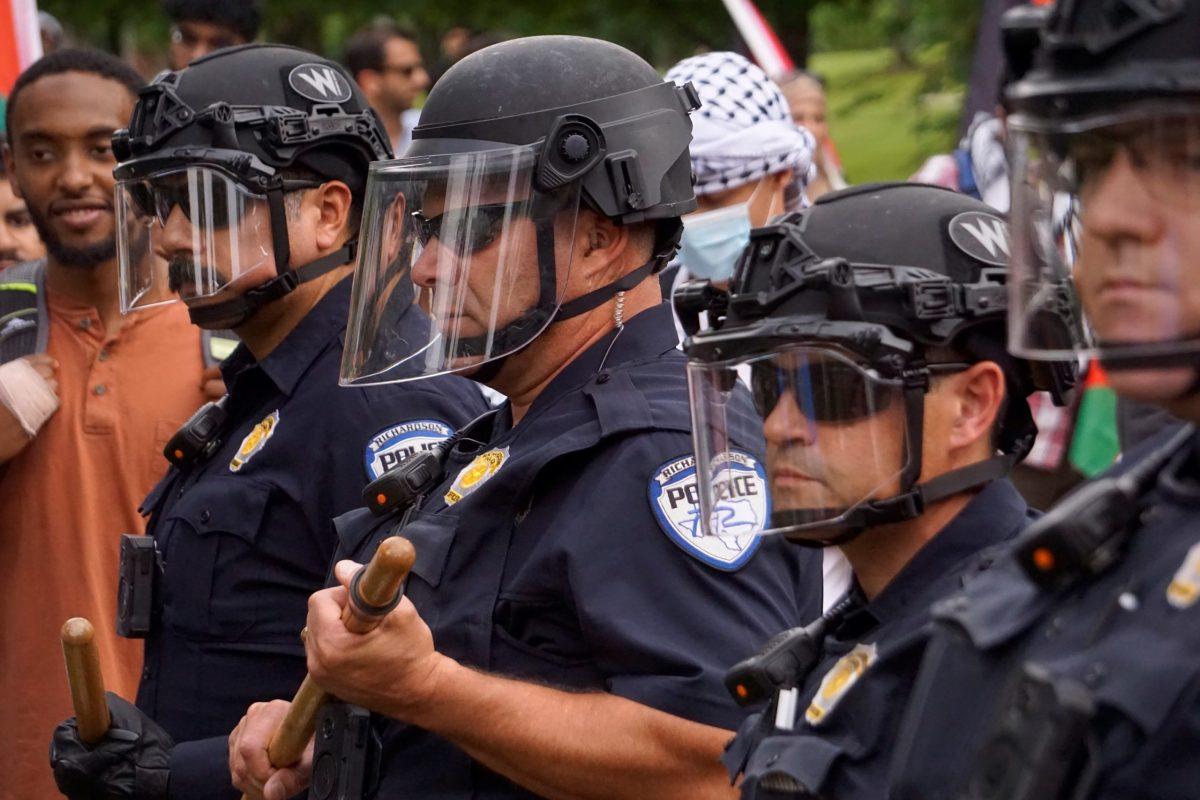The debate over Confederate monuments is still going strong as the Dallas city council decides whether or not to remove the city’s remaining Confederate statues. The fact that these monuments are still up is a slap in the face to the city’s black residents and the more than 1,300 black students at UTD.
Dallas Mayor Mike Rawlings initially assembled a taskforce to decide what to do with Confederate monuments in the aftermath of the Unite the Right rally in Charlottesville on Aug. 12, 2017. Protesters at the rally were objecting to the removal of a statue of Civil War General Robert E. Lee, but the rally quickly turned into a violent celebration of white supremacy, resulting in the death of a counter-protester at the hands of an alt-right member.
The taskforce, assembled less than two weeks after Charlottesville, quickly voted to remove a statue of Robert E. Lee in early September, but the progress suddenly stopped. As Charlottesville faded into the background and other stories began to claim headlines, the public seemingly forgot about the Confederate statues. These emblems of hate and discrimination still stand in a city that prides itself on diversity.
When Rawlings announced the taskforce, he declared Confederate statues to be “monuments of propaganda,” but with a gradual decrease in press coverage came a change of heart, as the mayor is now recommending that the monuments should stay up, but with plaques providing context. Removal of the Confederate War Memorial, located just across the street from City Hall, would cost $430,000 whereas adding signage would cost $25,000. There are 304,200 black residents in Dallas, meaning each one is worth about 8 cents to Rawlings, who is willing to continue alienating nearly one quarter of his citizens to cut costs.
According to Florida Today, the “heritage not hate” rhetoric is often pushed by proponents of Confederate monuments, but these statues don’t accurately portray the heritage or history of the south during the Civil War. In fact, according to University of North Carolina history professor Mark Elliott, a vast majority of Confederate statues went up between 1890 and 1950, placing them squarely in the Jim Crow era that mandated racial segregation in formerly Confederate states and continued the oppression of the black population.
Groups such as the United Daughters of the Confederacy continue to defend Confederate monuments, which they see as an integral part of U.S. history and honoring the memory of their ancestors. These ancestors, who they are so quick to praise, were ready to lay down their lives to keep my race from gaining freedom. Once the black population began to claim more civil liberties, the Daughters of the Confederacy made what they hoped would be a permanent show of opposition to racial equality in the form of Confederate monuments. You can’t flip the script now that you’re on the wrong side of history. The meaning behind these Confederate monuments is the same now as it was when they were originally built, and there’s no excuse at this point to keep them up.
Confederate monuments mean southern pride to certain groups, but to me, they serve as stark reminders of a time when my skin color meant that I was seen as less than human. They serve as reminders that my 12-year-old brother is constantly told by my parents to avoid police and to stand down, even if his rights are being violated. They serve as reminders that my mom had to pick up the phone and receive the news that an unarmed family friend was murdered by police in Los Angeles in March 2015. They serve as reminders that my little brother could be next.
Confederate statues are a homage to white supremacy and the system of slavery and oppression that’s had lasting effects on the black community, such as institutionalized racism and economic segregation. Getting in touch with city council is a great start to solve this problem. However, a better solution would involve building monuments to those lost in acts of racial injustice, such as Allen Brooks, who was lynched by a mob in downtown Dallas in 1908. It’s up to students to call on their council members to not only correct the wrongs of history, but establish a better relationship with their citizens going forward.
Of course, taking down Confederate statues isn’t an end-all, be-all solution for the current racial and political divides in the country, but it’s a step in the right direction. It shows that the city of Dallas is ready to fully welcome its black community rather than glorify a system of racial oppression. Until the city council and our students take that first step, they’ll be standing in the way of progress not just for themselves, but for approximately 300,000 black residents.






